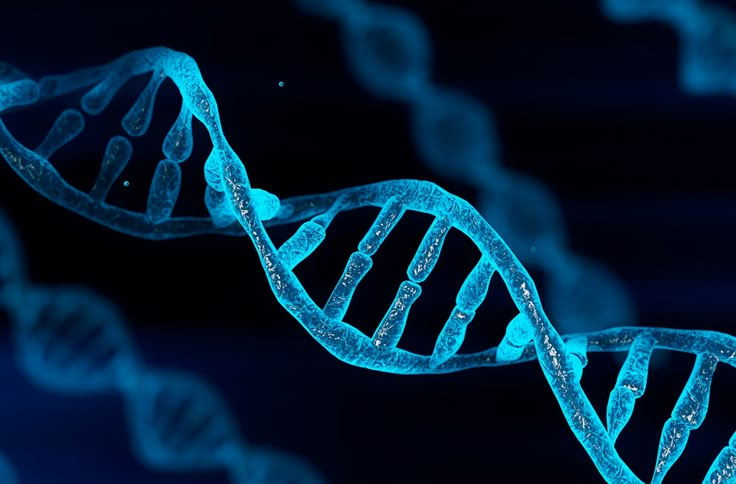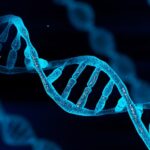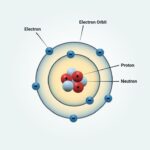What is DNA?

Understanding DNA: The Blueprint of Life
DNA, or Deoxyribonucleic Acid, is often referred to as the blueprint of life. It carries the genetic instructions that determine the growth, development, functioning, and reproduction of all living organisms, including humans, animals, plants, and even some viruses. But what exactly is DNA, and why is it so crucial? Let’s dive into the basics.
What is DNA?
DNA is a long, double-helix molecule made up of nucleotides. Each nucleotide consists of three components:
- A sugar molecule (deoxyribose)
- A phosphate group
- A nitrogenous base (Adenine – A, Thymine – T, Cytosine – C, and Guanine – G)
The sequence of these nitrogenous bases forms the genetic code, which instructs cells on how to build proteins and carry out essential life functions.
Structure of DNA
The structure of DNA is often described as a twisted ladder or double helix. The sides of the ladder are composed of sugar-phosphate backbones, while the rungs are made of base pairs. These base pairs follow specific pairing rules:
- Adenine (A) pairs with Thymine (T)
- Cytosine (C) pairs with Guanine (G)
This pairing ensures accurate replication of DNA during cell division.
Functions of DNA
DNA plays several key roles in living organisms, including:
- Genetic Information Storage – DNA carries all hereditary information passed from one generation to the next.
- Protein Synthesis – DNA provides the instructions for building proteins through processes like transcription and translation.
- Cell Division and Replication – Before a cell divides, DNA replicates to ensure each new cell has an identical copy of genetic material.
- Mutation and Evolution – Changes in DNA sequences, called mutations, drive evolution and genetic diversity.
DNA Replication Process
DNA replication is essential for cell division and occurs in the following steps:
- Unwinding – The enzyme helicase unwinds the double helix, separating the two strands.
- Base Pairing – DNA polymerase adds complementary nucleotides to the exposed bases.
- Formation of New Strands – Two identical DNA molecules are formed, each consisting of one old and one new strand.
Importance of DNA in Biotechnology
DNA has become a fundamental part of modern science and medicine. Some applications include:
- Genetic Engineering – Scientists modify DNA to create genetically modified organisms (GMOs) or treat diseases.
- DNA Fingerprinting – Used in forensic science to identify individuals.
- Gene Therapy – A potential treatment for genetic disorders by correcting faulty DNA sequences.
- CRISPR Technology – A revolutionary gene-editing tool that allows precise DNA modifications.
Interesting DNA Facts
- If stretched out, the DNA in a single human cell would be about 2 meters long!
- 99.9% of human DNA is identical among individuals; the remaining 0.1% is what makes each person unique.
- Some viruses, like the flu virus, use RNA instead of DNA to store genetic information.
Conclusion
DNA is the foundation of life, carrying the instructions for all biological functions. Understanding its structure, function, and applications helps us appreciate the complexity of life and the potential of genetic research. As biotechnology continues to advance, DNA remains at the center of groundbreaking discoveries, shaping the future of medicine, agriculture, and beyond.




Leave a Reply